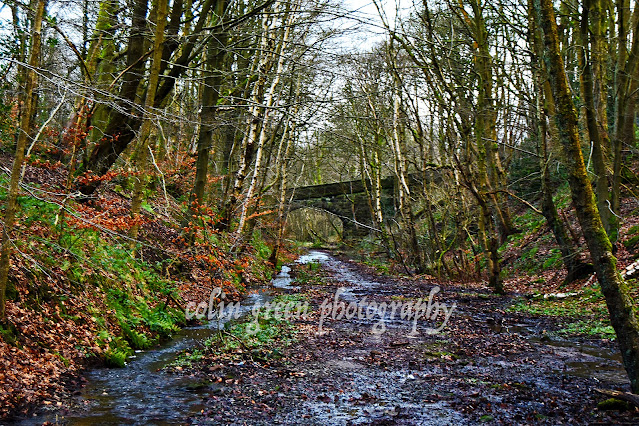The Ryburn Valley, a picturesque slice of West Yorkshire, holds secrets whispered on the winter wind. On a crisp January day in 2016, armed with my Nikon D3300, I set out to explore a fragment of its forgotten past: the Rishworth Branch Line. This railway, a vital artery in its time, once snaked its way up the valley from Sowerby Bridge, connecting Watson's Mill Crossing, Triangle, and Ripponden before reaching its final destination in Rishworth.
Though the last train rattled along these tracks in the 1950s, the remnants of this once-bustling line remain, etched into the landscape. My journey, a roughly half-mile trek, took me from the echoes of Watson's Mill to the quiet village of Triangle. And what a journey it was!
The air was sharp and cold, the ground firm underfoot, as I followed the ghostly path of the former trackbed. The silence was profound, broken only by the occasional rustle of winter-bare trees and the distant murmur of the Ryburn River. It was easy to imagine the steam engines, their rhythmic chugging echoing through the valley, the shouts of passengers and the clatter of cargo.
What struck me most were the bridges. These sturdy stone structures, silent witnesses to a bygone era, still spanned the former trackbed, their arches framing snippets of the valley's beauty. They stood as testaments to the engineering prowess of the past, their weathered stones bearing the marks of time and the elements.
The photographs I captured on that day, the 30th of January 2016, tell a story of quiet resilience. The stark beauty of the winter landscape, the skeletal trees against the pale sky, the weathered stones of the bridges – all combined to create a sense of timelessness.
Walking along the Rishworth Branch Line was like stepping into a historical photograph. It was a journey through time, a glimpse into a world where steam engines ruled the rails and communities were connected by the iron horse.
























































